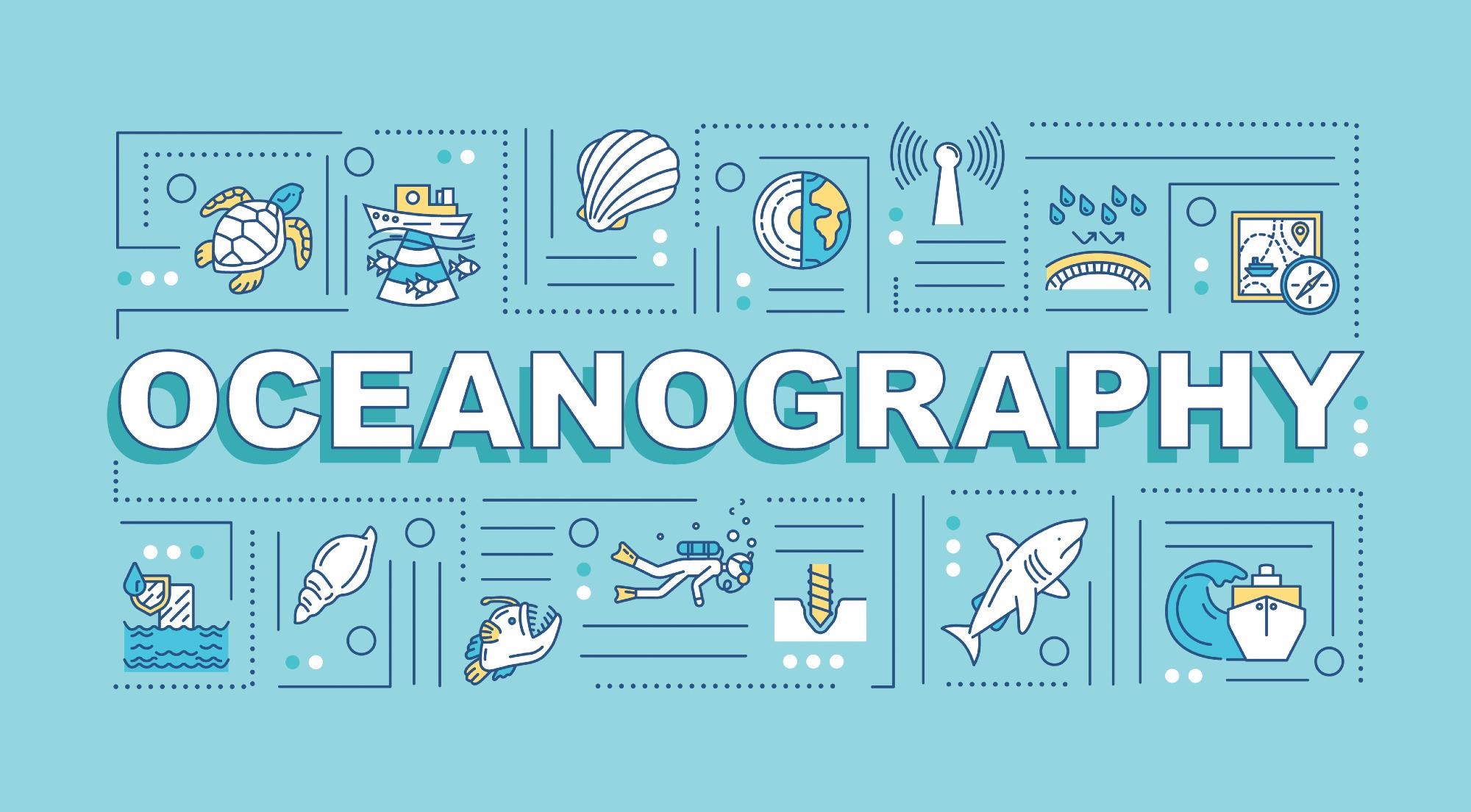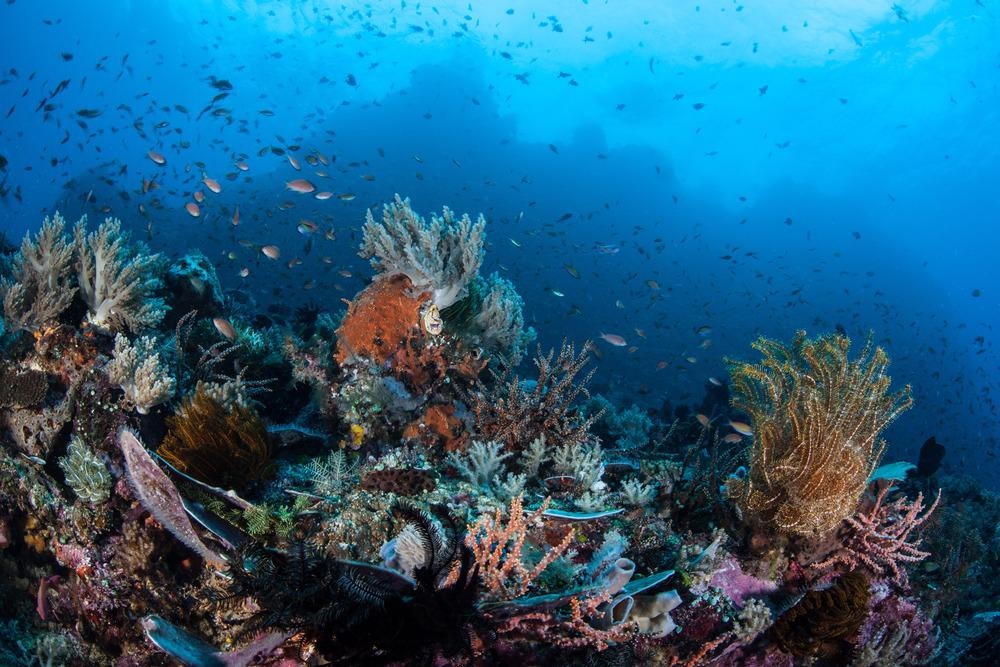Introduction
What is Flow Cytometry?
Flow Cytometry in Oceanography and Marine Research
On-Board Flow Cytometry
SeaFlow
In Summary
References
The field of oceanography demands reliable, efficient, and high-throughput analytical methods. An eminently suitable analytical method that has become the focus of research is flow cytometry, which has also been used in numerous other fields in the life sciences. This article will provide an overview of this powerful analytical technique in oceanography.

Image Credit: bsd studio/Shutterstock.com
What is Flow Cytometry?
Flow cytometry has become an essential analytical technique in the life sciences. Using this method, researchers can measure the chemical and physical characteristics of populations of cells and particles. Samples contained in a fluid are injected into the flow cytometer, where they are focused and flow past a laser one cell or particle at a time and measured.
Target samples are typically stained with a fluorescent marker, and light is absorbed and emitted in wavelength bands. The light scattered by the process is characteristic of cells, cell components, and particles. Detectors are employed to capture information on the population's cells or particles, which is then interpreted and analyzed by software. Quantifiable data is retrieved from samples.
Modern cytometers can analyze thousands of cells or particles per second, making flow cytometry a high-throughput, automated quantitative process. There are five elements to a modern flow cytometer: a flow cell, measuring system, detector, amplification system, and computer. The flow cell contains a sheath fluid, which hydrodynamically focuses the cells or particles into a single stream for analysis. Several lasers can be used in the detector components, and AI can be utilized to make the process even more efficient
Flow Cytometry in Oceanography and Marine Research
Environmental concerns such as climate change, the release of industrial pollution, the collapse of marine resources, and the loss of biodiversity have crystallized the urgent need to study marine ecosystems and our effect on them.
Flow cytometry has increasingly found application in the study of marine populations and the effect of human activity. By the late 1980s, flow cytometry was being used to study populations of marine microorganisms, such as phytoplankton, free viruses, and heterotrophic bacteria, providing increased knowledge on the role of these microorganisms and how their populations were changing. Studies concentrated on microbial community structure and fluxes, such as production and grazing.
The abundance, distribution, and fate of marine algae, which are fundamental ecological questions, are starting to be addressed by scientists using analytical techniques such as flow cytometry. The increased understanding of marine pelagic ecosystems came from developing global ecological crises. Biological oceanography has increasingly become more involved in answering current socioecological questions, and flow cytometry is a central technology that helps answer these questions.
Aside from studying marine microorganisms, flow cytometry is used to study the cell characteristics of large marine organisms. Research has been conducted on kelp, sponges, oysters, periwinkles, fish species such as sea bass, and even marine mammals such as sea otters and mink.

Image Credit: Ethan Daniels/Shutterstock.com
On-Board Flow Cytometry
Field measurements are an essential part of oceanography, facilitating the need for cytometers that can perform reliably outside the laboratory. Devices must meet demands such as low cost, transportation, easy handling, and automatic sampling capabilities. However, low-cost field cytometers such as the Applied Biosystems Attune® can suffer from low sensitivity compared to lab-based devices due to less sophisticated electrical and optical systems components.
Low sensitivity is not typically a problem for bacteria stained by strongly fluorescing dyes or eukaryotes with high pigment content. However, the lack of sensitivity in onboard cytometers presents problems when analyzing populations of cyanobacteria such as Prochlorococcus, which are ubiquitous in tropical ocean euphotic zones. These microorganisms possess challenges for flow cytometry, including low red fluorescence and small scattering. The concentration of pigments in their cells is low, creating "dim" populations.
Researchers have developed solutions to overcome the problems with Prochlorococcus analysis in recent years. These include mathematical corrections in software and optimizing optical setups to improve fluorescence detection and excitation energy. This has led to the development of more sensitive onboard flow cytometers.
SeaFlow
SeaFlow is a recently developed solution to improve cytometer sensitivity detection for marine ecologists and oceanographers. A main feature of the SeaFlow system is its lack of a sheath fluid. The device uses a novel approach, in which a virtual core determines a particle's position in the seawater sample. A continuous, automated sampling of raw seawater is possible using this system.
Lasers in the cytometer are automatically aligned with the optical system to monitor and correct parameters such as drift using image analysis. The system can rapidly quantify up to 24,000 cells per second. Surface phytoplankton dynamics can be explored at spatial scales of meters up to several thousand kilometers.
Since the technology was first deployed in 2008, 200,000 samples of surface waters have been collected. Due to its advanced data analysis tools and geo-referenced data visualization, the system can provide information on the dynamics of global marine microorganism populations. SeaFlow provides onboard analysis with the capabilities of conventional laboratory-based cytometers.
In Summary
Flow cytometry has provided advanced analytical capabilities in oceanography for the ongoing study of marine populations and the effect of human activities such as climate change and contaminants on the world's oceans. The recent development of low-cost and reliable field cytometers, with performance capabilities comparable to expensive lab-based devices, has offered significantly enhanced marine ecosystem monitoring capabilities for marine biologists.
References:
Further Reading